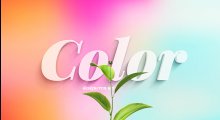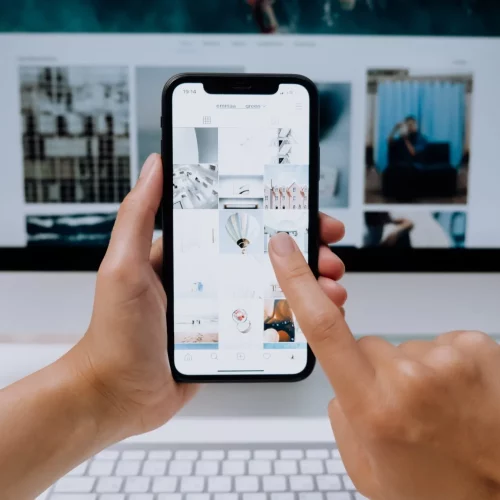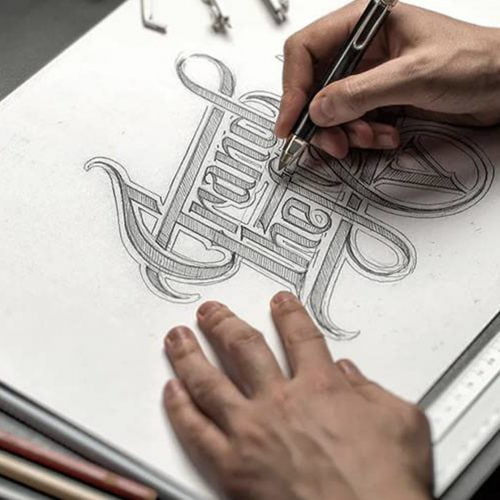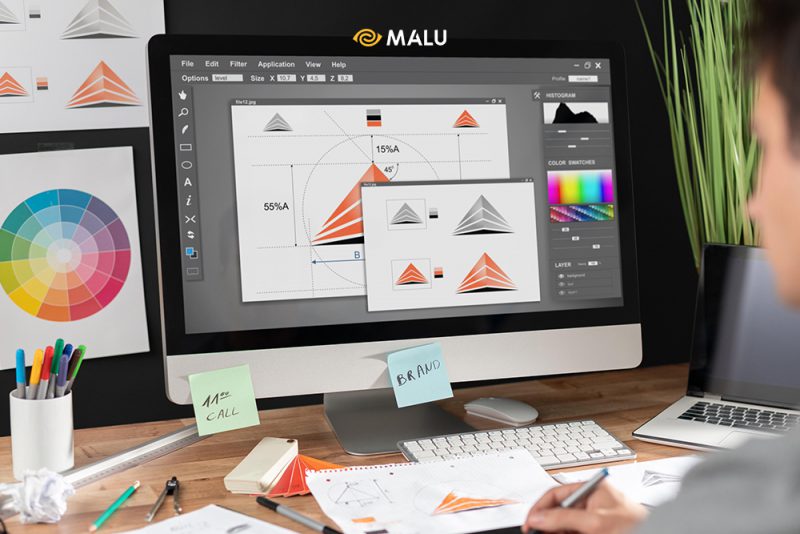
Logo design is the first step in building a brand image, it is the premise to create your brand, because logo is an important identification signal of all brand identity products on the market.
The logo design process is a series of stages linked together systematically, drawn after the accumulation of capacity and experience of oneself and of a team.
In order to avoid unnecessary mistakes as well as become more professional in the field of graphic design, Malu Design would like to share the following professional logo design process, which will be of great help to new designers. Toddlers entering the design path as well as customers can understand our logo design process.
Read more >>> What is a Logo? What role does a logo play for a business?
Phase I: Analysis, research
1. Research thoroughly about the business
To design a perfect logo, the first thing Malu Design has to do is find information. This is the most important step in the whole logo design process. There’s an old saying “Head down, tail fall”. So if the first steps of the information search process go well, the next steps will be easier.

In order to find information effectively, we need to find enough information about services, products, refer to customer requirements or ideas that customers want to achieve. Let’s learn that information carefully so that the designer understands what the customer wants, to properly convey the customer’s ideas and desires through the logo. So please read carefully the necessary information.
- What does the brand founder expect from this logo design?
- What problems does the logo design solve for the brand?
- How will viewers look at the logo design and describe the brand?
- What brand personality, values and culture does the logo design represent?
- What is the difference between brand and identity design compared to competitors?
Brand empathy to fully include in the design the values that the brand wants to express.
At the end of the understanding with the brand, the visual team will have a creative orientation – a valuable material for the creative process and turn ideas into design products.
Once you have your creative direction (provided by the client through a set of predefined questionnaires), it’s time to sit back and study it. Usually, we will have a meeting between the Account department (the department responsible for working directly with the customer) and the design artist group to discuss the information provided by the customer, clarify and add more. missing information in the creative orientation. The outcome of this group meeting was to unify the information in the creative guide while ensuring it was accurate and useful.
2. Research companies in the same industry
Researching industry peers is important, but many logo designers skip this step.
Image trends and brand identity design change from day to day. It is competitors who will be the most appropriate reference resource for every brand, in the logo design process and updating image trends. The branding team can research the market and competitors, to keep up to date with all the latest trends in colors, fonts or design languages.
Besides, there are also mistakes in brand identity orientation in general and logo design in particular – coming from the names that have gone before in the market.

Researching businesses in the same industry is really useful, the researched information will show us how businesses in the same industry choose the shape, how to express the message, the color of the industries. Which color is preferred? What are the advantages and disadvantages of the logos of businesses in the same industry? From the researched information of businesses in the same industry, Malu will have decisions for the next steps of the logo design process.
Read more >>> Market Research – 6 Steps of Basic Market Research
Phase II: Logo design
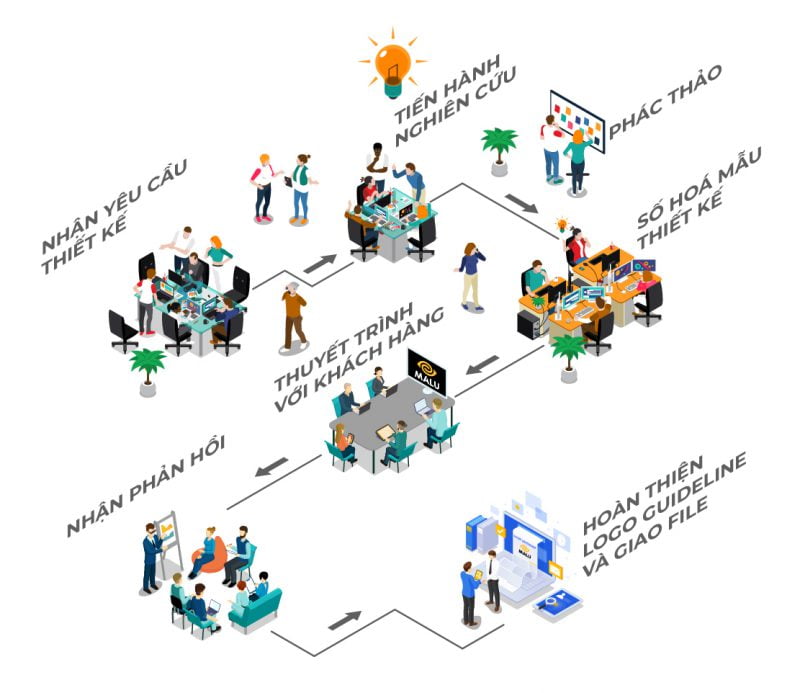
Step 1: Get a design brief (Brief)
When participating in any design project, you will receive a design request from a client (or often called a brief). This can be considered as a “problem” that the customer sets for the design department. The designer’s job is to listen to the customer’s interpretation to understand the requirements, if necessary, ask again until you are sure you have understood.
Tips:
- Read creative briefs properly.
- Understand the products and business services of customers.
- Prepare a list of questions and send email or meet in person to better understand the product information that you are about to do as well as the nature of the customer’s business.
Step 2: Conduct research
After searching for relevant information about the business, the next job is to research that information to design. Design research will include tasks such as detailed research, careful design structure, research and selection of fonts, colors, etc. to suit the wishes and content of the message to be expressed in the design. logos. The study of the design of fonts, colors, logo shapes is extremely important. Each style will have a different way of expressing the logo message. Therefore, the design team needs to choose a combination of the above factors to get the most optimal solution.

– Consider different aspects of colors, fonts and design themes to assess the right fit for the client’s business.
– Customers’ competitors are also something you need to pay attention to.
– Learn about special colors, symbols, and images that customers require in the design, often called brand guidelines (if any).
Tips:
- Research and ask questions to find out what customers are interested in. You can further advise the client to then start sketching based on the details you learn.
Step 3: Start sketching
This is the step for you to develop your design ideas after the research and ideation phase. Let’s start by gathering creative inspiration on the moodboard, then sketch out potential ideas from which to expand the original idea. This is an important job because when sketching on paper, the designer will easily visualize what the product is like, which points are not perfect, which points need to be edited and created more. Sketching on paper will help solve these problems. Avoid mistakes before finalizing the product.
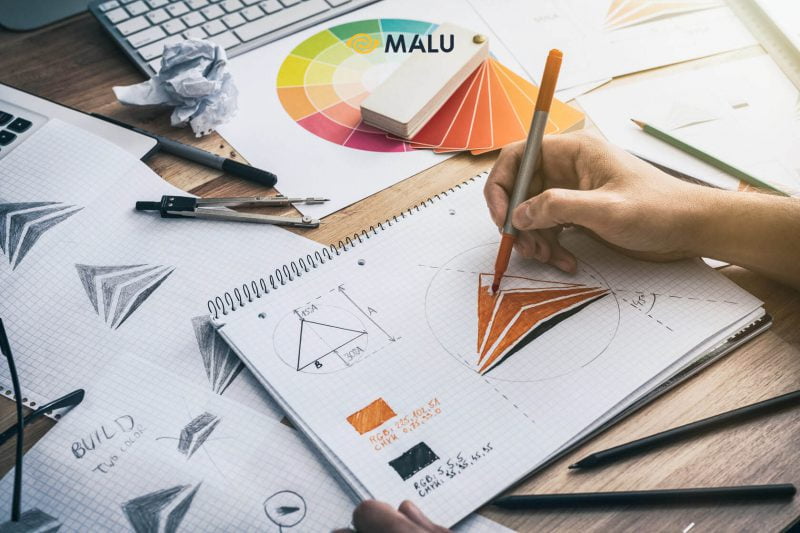
Tips:
- Quickly draw the ideas that come to your mind so they don’t get lost. It’s important that you keep the idea, don’t care about the art issue.
- You can refer to the available logo designs of competitors or related industries for inspiration, but be careful not to let that image impress you for too long in your head, especially “don’t copy”.
Read more >>>
9 Logo Design Styles & When to Use
Types of fonts and how to use them in logo design
Logo colors: which color is best for your brand?
Step 4: Digitize the design
After sketching on paper, designers need to deploy and design on computers through specialized graphic software. The design on the computer is extremely important, it helps to bring the idea to reality, from the design on the computer, the designer can transform the logo in many different shapes, designs and colors. It will help designers send their customers many different versions with the same content for customers to choose from.

Tips:
- Create many different variations to choose the optimal solution but remember to keep in mind the identity of the business and the requirements that the client initially set out to avoid going too far from the brief.
Step 5: Present to customers
Each designed logo carries its own message. After the designer has completed the design on the computer, the next important thing is to present and present the ideas that you show in the logo to convince your customers. The presenter of the logo idea needs to follow and analyze the meaning of the logo, point out the advantages of the logo, point out the creative origin, point out the development process… And a few other information you need must offer to convince its customers.
Tips:
- It is necessary to understand the design requirements from the customer to provide the main / secondary elements when choosing colors, fonts, arranging layout.
- Each field often has a distinct color that reminds of the industry (see also The Meaning of Colors ). Be careful if you choose colors that are not typical of the industry because it is easy to mislead the audience, unless required by the Brand guidelines.
- Make your logo scalable, with no loss of quality when resizing or printing in one color.
- Should present to customers at least 2 concepts so that they have a choice.
Step 6: Get feedback
After presenting the idea, the designer will receive feedback. The comments will help the logo to be more complete. Customer comments can be praised or criticized. The important thing is that there are a lot of comments, the designer needs to accept all of them, select the appropriate ones to edit them appropriately.
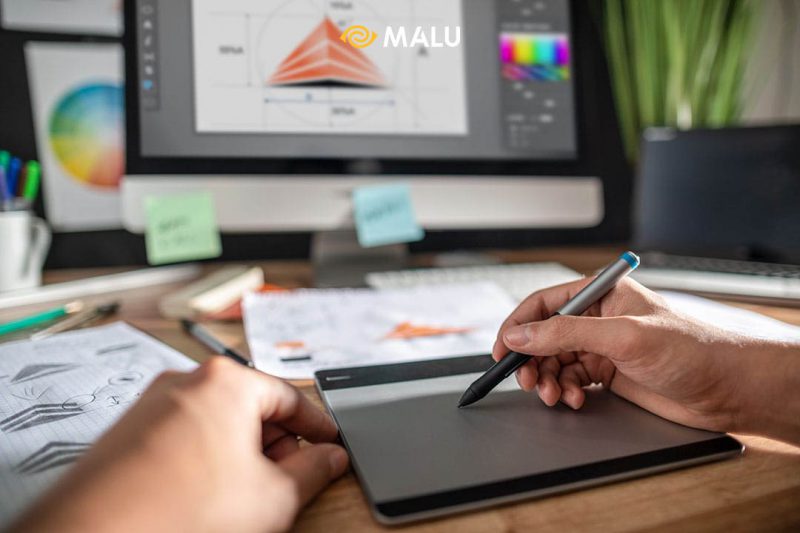
One note is that you should not “plow in the middle of the road” there will be a lot of opinions, so it is necessary to select the comments accordingly and in the spirit of perfecting the product. Don’t edit according to everyone’s opinions. This will make the logo a disaster. So know how to choose opinions.
However, if you have to change almost all of the original idea, keep it cooperative, fun and professional, maybe you will create an even better design than the original. You may have to give another presentation if the requested design changes too much from the concept you chose.
Tips:
- See reviews from the customer’s perspective and take note of the feedback
- Communicate with customers, provide necessary changes and send them 1 or 2 more samples after receiving initial feedback.
- Stay cooperative and edit until the customer is completely satisfied.
Step 7: Complete the logo guideline and deliver the entire file to the customer.
Glad to have reached the final stage of the logo design process, the task now is to perfect it thoroughly from the small details.
In order for businesses to apply the logo in the most accurate way, Malu Design will develop a detailed guide on how to use the logo – logo guidelines and hand over the file to the customer.
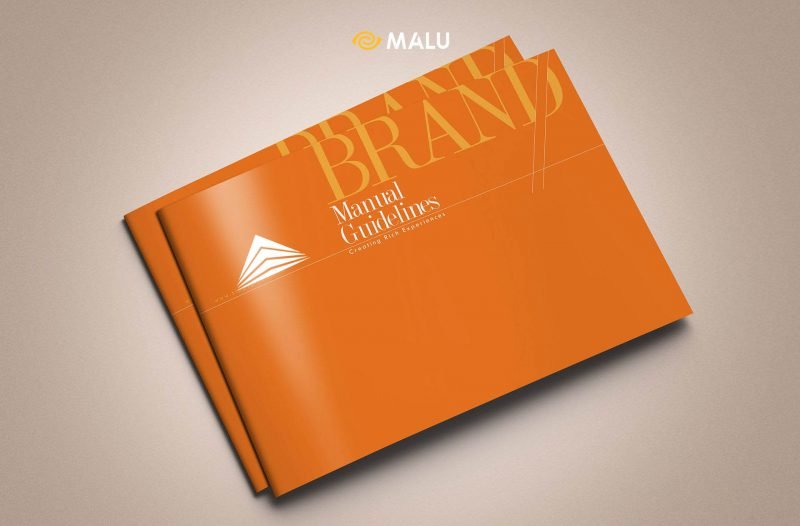
Tips:
- Save all original design files (vector) and image files (raster) to CD or USB to send to customers and store.
Read more >>> What is Brand Guideline? – 21 Beautiful Brand Guide Templates
summary
The logo design process requires the design team to have the most intuitive view of the brand personality and culture, capable of effectively transitioning from concept to finished design product.
Above all, the logo design process requires a team to build images to ensure the applicability of the product in the market. Reconciling the simplicity makes the image easy to enter the hearts of people, but also hides the difference that helps the brand image stand out among competitors.
If those advantages and positive values of brand logo design are also what your business is aiming for, then do not hesitate to contact Malu Design to receive the most detailed service consultation via phone number. Hotline 0988 622 991.
Sincerely thank.
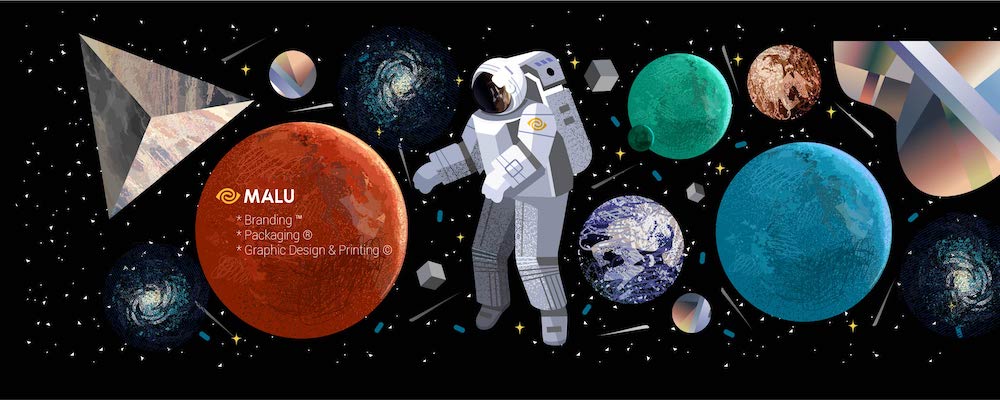
If you are looking for a reputable and experienced unit to be able to design your company’s logo and brand identity system professionally and impressively, then please contact us immediately by phone. 0988 622 991, or leave your information and requirements, Malu Design ‘s consulting department will contact you right away to answer all your questions!
————————
Malu Design – Branding Agency
Hotline: 0988 622 991

